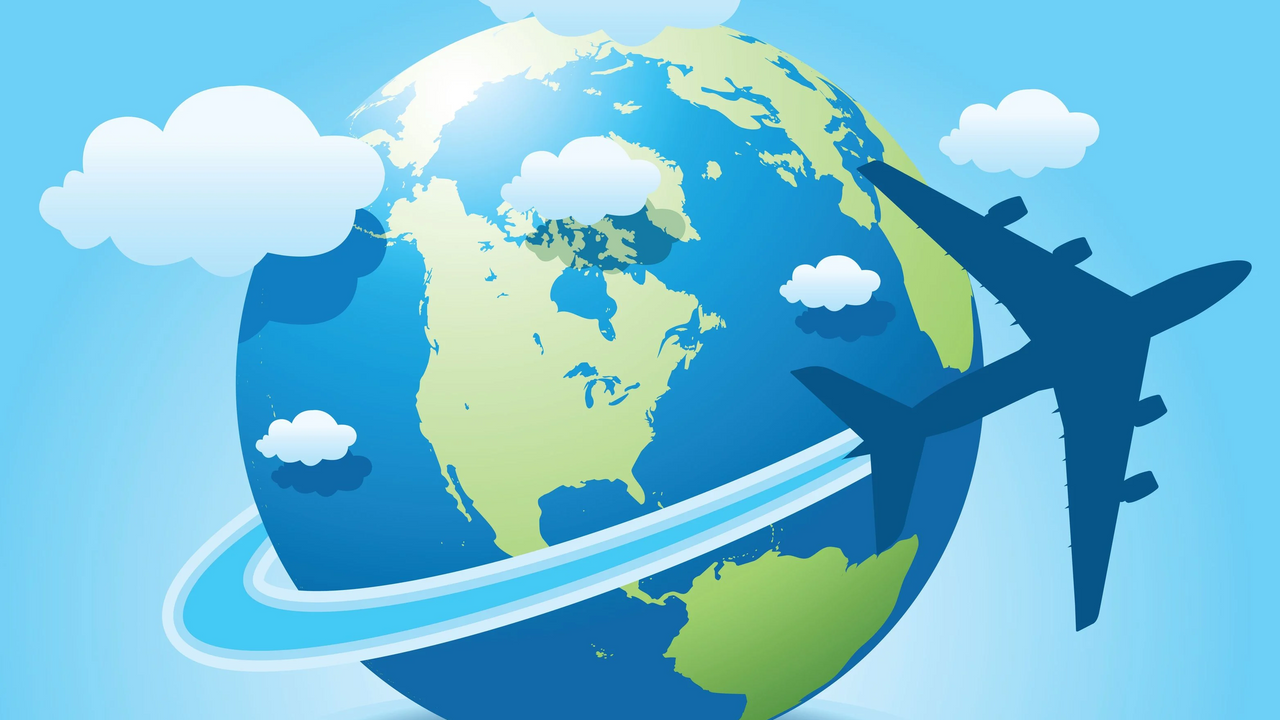Guidelines for Immigrants Looking to Get an Environmental Job in the USA
Mar 02, 2022
By: Abby Celentano
Job searching is hard, and moving from another country to the US in pursuit of a career is even harder. However, it can be done! We interviewed two different people who successfully landed an environmental job in the States. Here are some helpful insights they have to make your transition as smooth as possible.
Networking abroad
Our two interviewees, Fatima and Pratika, both agree that it’s crucial to build your network at the beginning of your career. Before you embark on the big move, network with environmental professionals in the United States. In our technology-centered society, we have many resources to communicate with people overseas. Use this to your advantage when connecting with potential employers for a potential job. Research companies of interest and reach out to them through social media or email.
Fatima, who moved from India to the US attests to the effectiveness of networking. Her best advice to people thinking of doing the same is to network heavily and join virtual environmental groups and organizations. By connecting to people who share your interests, you can get acquainted with the industry and other environmental professionals. These connections can also help you find a job opportunity with a company you might otherwise have not heard of.
For more detailed information on how to network successfully, check out our past blog post.
In addition, there are many US-based professional environmental organizations, such as the National Association of Environmental Professions. Use LinkedIn and other social media to learn about and connect with companies. You can join a company’s seminars or online events to gain insight into their culture and values.
If you are a current college student, consider researching the study abroad opportunities and internships in the US.
Overall, networking is crucial in securing a job, especially when you may not be familiar with all of your opportunities. Don’t be afraid to step outside of your comfort zone and connect with different people. Reaching out and seizing new opportunities is the best way to figure out what will and won't work for you.
Getting a visa
The next step is to secure a work visa. The most common way to obtain a work visa in the United States is through a sponsorship with your future employer. When searching for a job in the United States, you will want to consider whether an employer is willing to sponsor you. Once an employer has offered you a job, and agreed to be your sponsor, you can then apply for a work visa.
You can acquire different types of visas, depending on the duration of your stay. If you want to work in the US permanently, you will need a green card. If you want the work to be temporary, you only need a temporary work visa. An H-1B Visa is commonly used for international employees working temporarily at a company in the US. For more information on types of visas and their requirements, visit this website.
Qualifications
In order for a US employer to hire and sponsor you, they have to decide that an international employee is the most qualified candidate. To ensure you are fully equipped for the job, you must research the qualifications. Fatima emphasized the importance of previous experience in the same industry, as she faced challenges while stuck between entry level jobs. You can also gain experience through volunteering for environmental organizations. If you are a current student, begin your skill advancement now by volunteering or seeking out internships. Overall, you should know what you are getting yourself into and be 100% confident in your choice to work here.
Preparation
Overall, to best prepare for an international work move, make sure you are well informed. Depending on the industry, you may need a certain level of education or prior experience.
Our other interviewee, Pratika, received her bachelor's degree from an institute in India, and then decided to pursue her graduate degree in environmental engineering in Florida. However, she mentioned the difficulties she faced adapting to a new lifestyle after moving from India to the United States. Pratika noticed different cultural and academic norms. For example, as an emerging engineer, Pratika had no idea that she needed an Engineer Intern license, as this is not common in India. Once she had completed her master’s and begun hunting for a job in the States, Pratika realized that she needed an EI license for many companies to even consider hiring her. Nobody had informed her of this during her short time in graduate school, so Pratika was left at a disadvantage in the professional world following graduation. Pratika advises anyone considering moving to the US for employment to be aware of any licenses or required industry experience that may not be required in your home country.
Fatima and Pratika both also stress the importance of being prepared for a challenge. Moving inevitably comes with difficulties, but an international move into a completely new job atmosphere can be overwhelming. Environmental regulations and policies are different in every country, so be sure to consider that when job searching. Also consider the cost of living differences, proper budgeting, and health care differences.
Be ready for the mental challenges that come with a big move like this, but also be excited. There are so many opportunities in the US within the environmental industry, you just have to seek them out. Attend networking events, join organizations, and present yourself well. Going through with a big move may just be the start of major growth and opportunities for you, both professionally and personally!
Lastly, I just want to give a big thanks to Fatima and Pratika for interviewing with us! They gave some great advice based on their own experiences, and that is the most valuable insight anyone can get.


